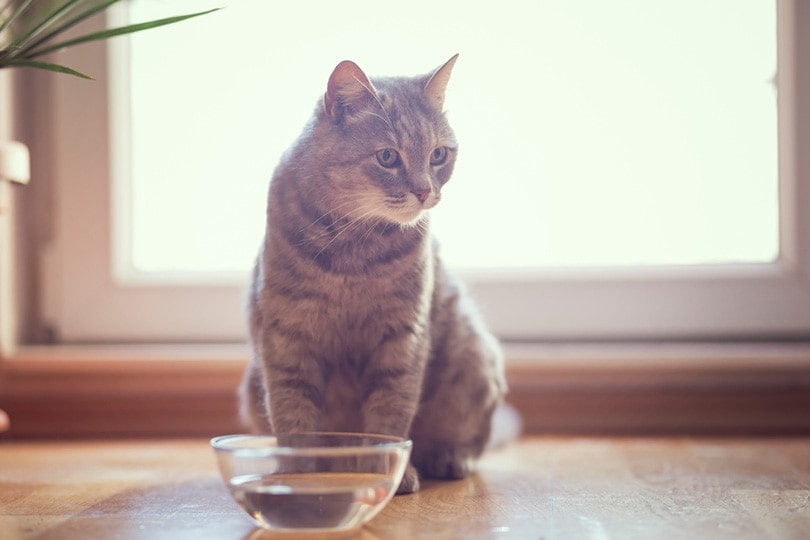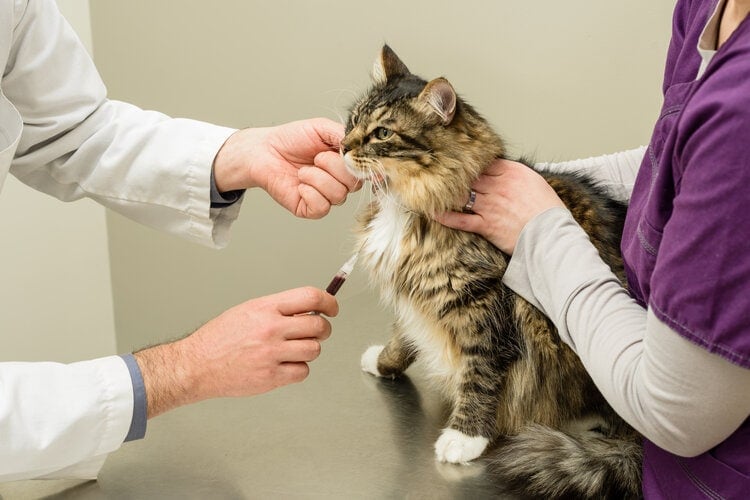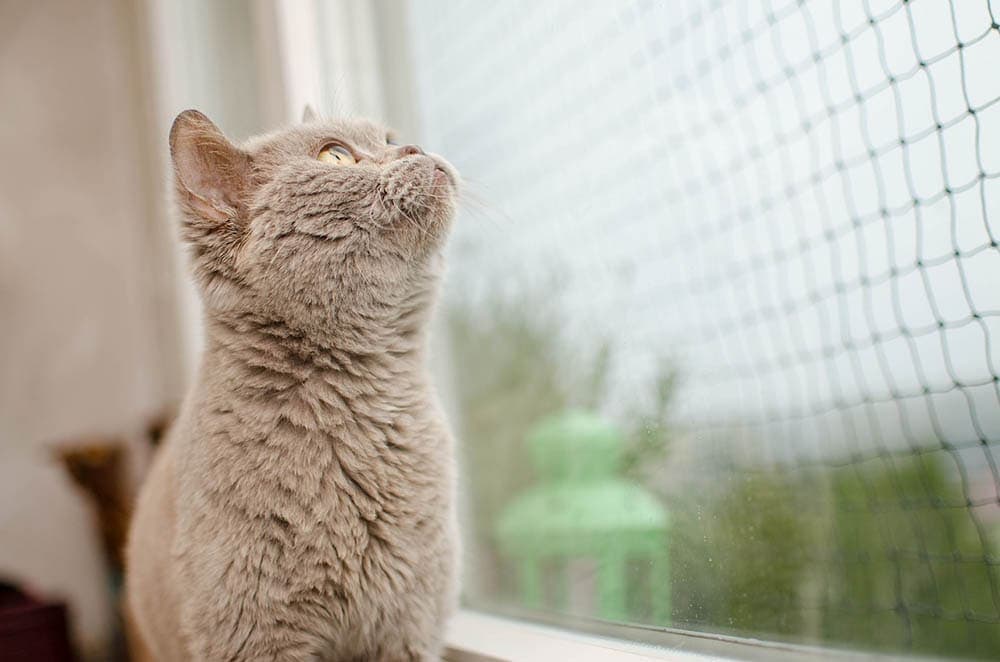Can Cats Eat Tamales? Vet-Approved Types, Reasons, & FAQ
By Lorre Luther
Updated on
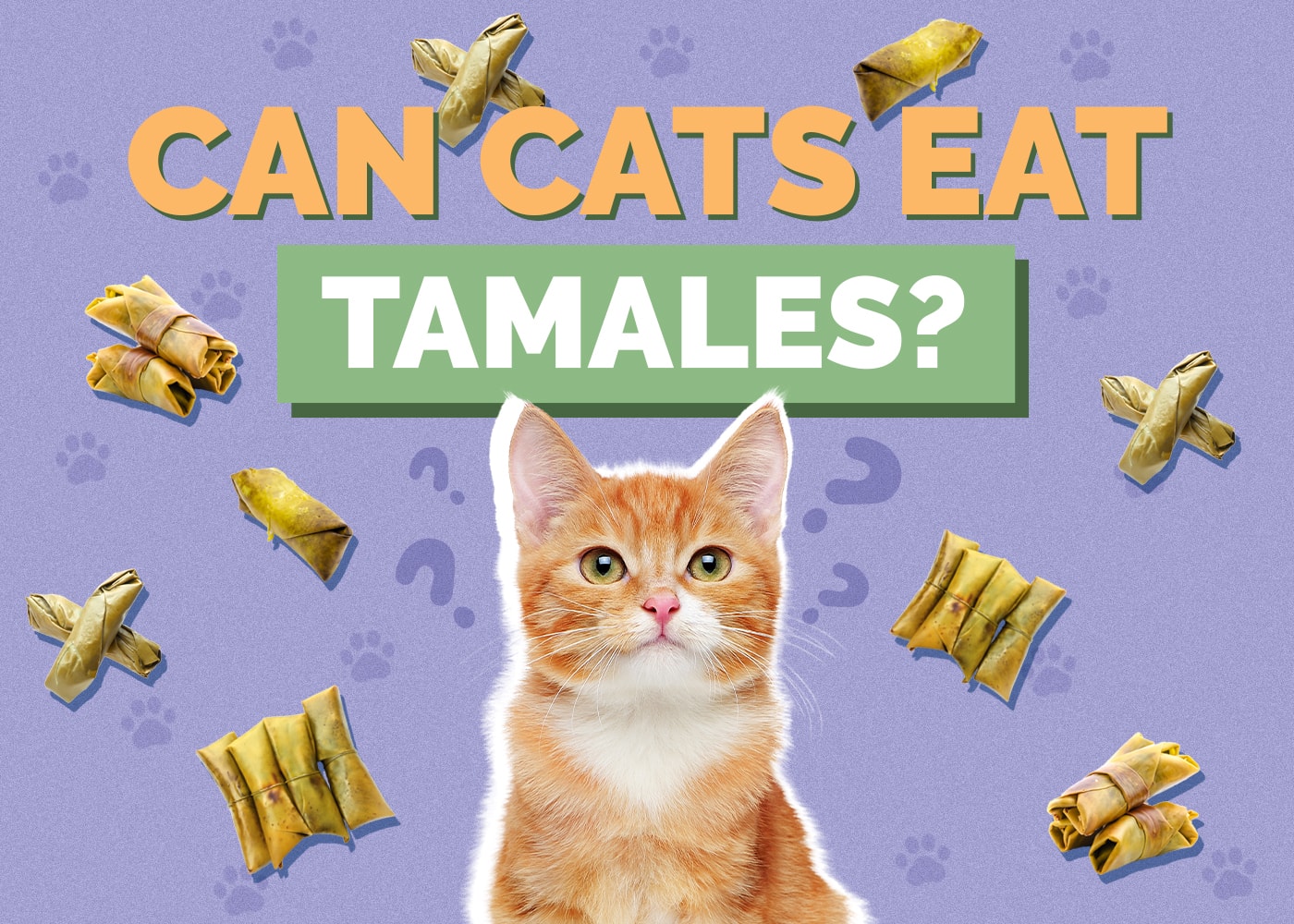
Tamales are delicious snacks with a soft interior made from masa (corn dough) wrapped around various ingredients, all of which are then put into a flattened corn husk and steamed to tasty perfection. Banana leaves are also sometimes used as wrappers. Tamales can be made with various fillings, including meat, fruit, vegetables, cheese, and olives.
If you’re wondering if cats can eat tamales, the answer is that they shouldn’t since masa dough and savory tamale fillings often contain toxic ingredients, such as garlic and onions. Some fillings even have raisins, which can induce toxicity in some pets.
There Are Several Types of Tamales
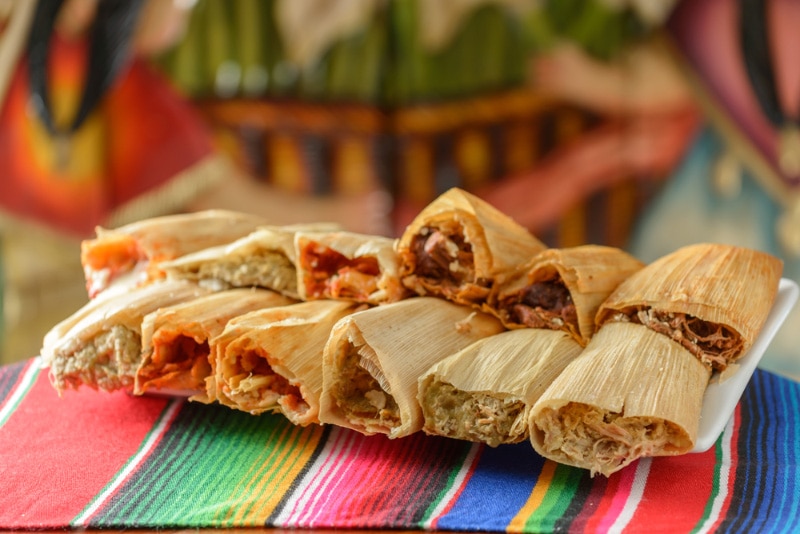
Many cultures throughout the Americas have versions of the dish. They’re called hallacas in Venezuela and are filled with chicken or seafood. People in Ecuador, Bolivia, and Peru regularly enjoy humitas snacks, and they’re known as pasteles in Puerto Rico and the Dominican Republic.
Tamales were likely around for thousands of years before the arrival of Europeans in the Americas. There’s even a word for it in Nahuatl, the language spoken by the Aztecs — tamalli. The snack first gained popularity in the US around the 1890s. In Mexico, they’re commonly eaten as morning snacks and late breakfast items, and making tamales is an integral part of many holiday celebrations in the US.
Why Exactly Are Tamales Off Limits for Cats?
There are three reasons cats should not eat tamales; they often contain toxic ingredients, it can be challenging to determine how much of a problematic ingredient is in a product, and they’re too high in fat to be healthy.
Toxic Ingredients
Garlic and onions are members of the Allium family. Garlic is quite potent; it’s about five times more powerful than onions. Dried products are stronger than fresh ones, and keeping garlic and onion powder away from cats is vital to their health. As little as 1/8 teaspoon of garlic powder can be enough to cause problems.
Uncertainties
Part of the reason it’s often best to refrain from giving cats treats like tamales is that it can be difficult to determine precisely how much pets have consumed of specific ingredients. While ingredient lists make it possible to figure out general ingredient ratios, it can be hard to gauge how much garlic powder is in one bite.
Nutrition
Tamales are often made with lard, which is loaded with fat, and fillings often include chicken stock, which can be high in sodium. Cats are relatively small creatures. A healthy 10-pound neutered or spayed cat needs to consume somewhere in the ballpark of 260 calories to maintain a healthy weight, and only about 10% of cats’ calories should come from treats.
It’s easy for cats to soar past their daily caloric allowances with a few bites of tamales. Cats that eat more than they need often end up gaining weight, which can put them at increased risk for high blood pressure and diabetes.
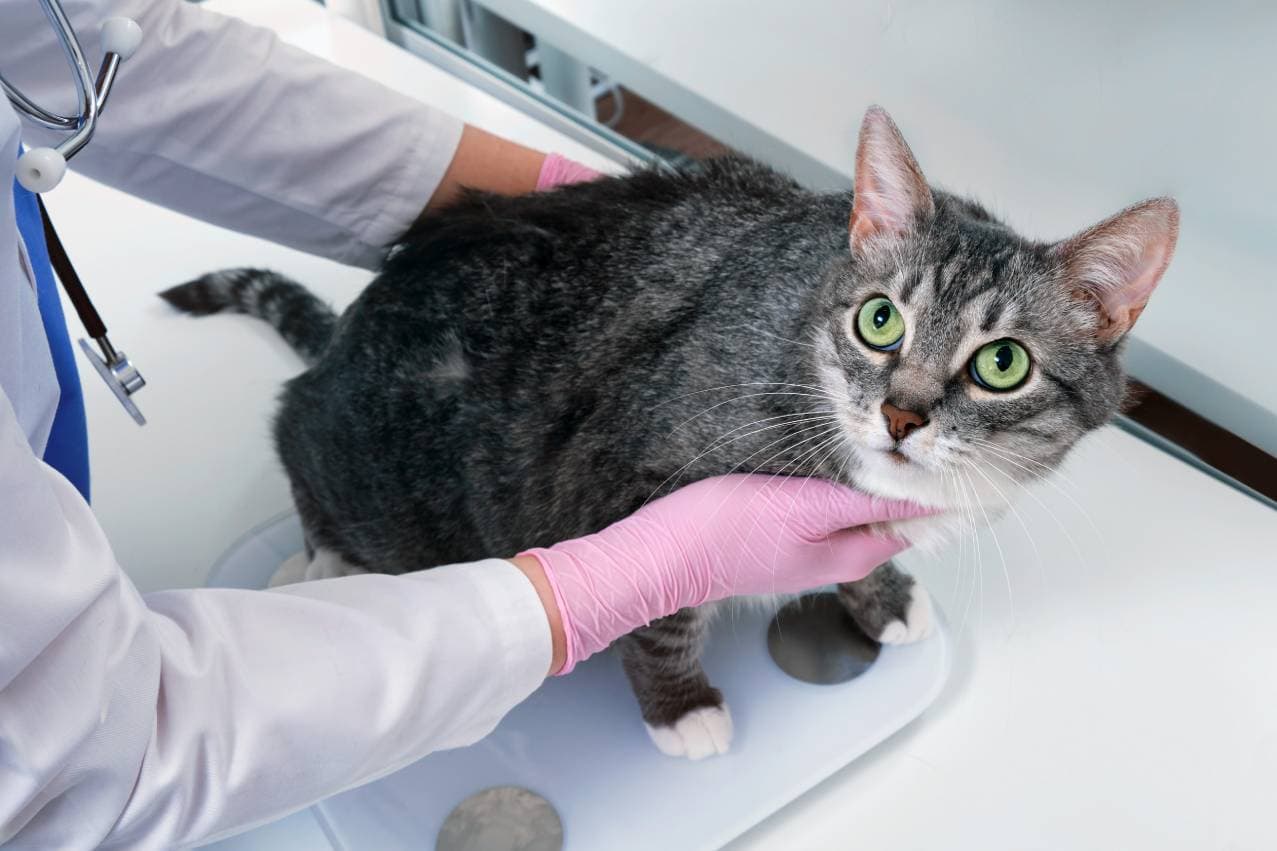
FAQ (Frequently Asked Questions)
Below, we’ll answer some of the most frequently asked questions about feeding cats tamales.
Are There Other Common Tamale Ingredients to Be Concerned About?
The biggest offenders are garlic and onions, but spicy peppers and bay leaves can also cause cats to develop stomach issues; bay leaves are technically considered toxic to cats. Even smooth cheese fillings can include garlic and onions.
Salsa roja and verde, both central to classic Mexican versions of the snack, contain garlic, onions, and jalapeno peppers that can be too hot for cats to eat. Chocolate is another ingredient that can cause trouble. With its stunningly delicious depth, Mole contains chocolate, raisins, and plenty of garlic and onions.
What Are the Signs of Allium Poisoning in Cats?
Members of the allium family have a chemical compound that can cause red blood cells to break down, which then can result in anemia. Common signs include vomiting, diarrhea, lethargy, rapid heart rate, and dark urine. Left untreated, allium poisoning can have extremely serious consequences.
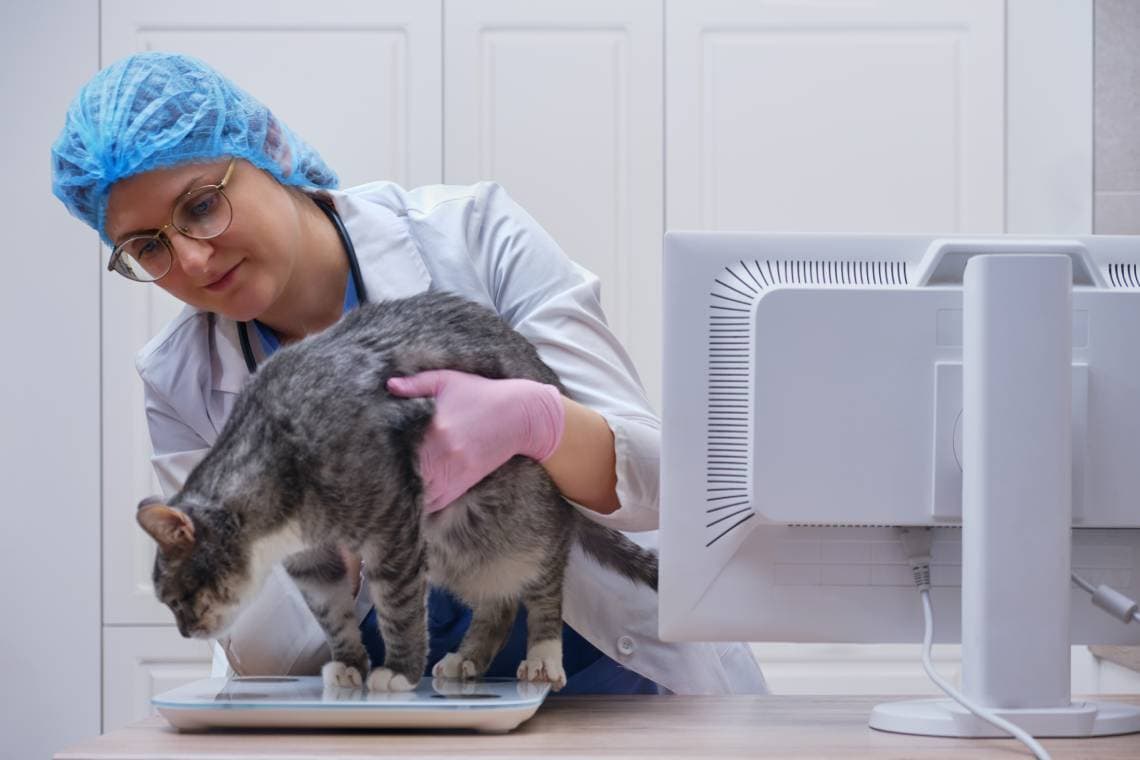
Conclusion
Cats should avoid tamales because garlic and onions, both toxic to cats, are frequently part of the deal. Because there are so many types of tamales, the only way to determine if one is safe is to determine which ingredients it contains, which is often impossible with store-bought tamales. Many traditional sauces often served with tamales feature garlic, onions, spicy peppers, chocolate, and raisins cats should avoid.


